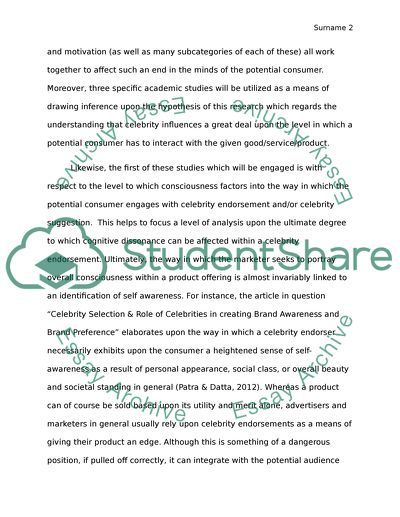Cite this document
(“Social penetration theory Essay Example | Topics and Well Written Essays - 2000 words”, n.d.)
Retrieved from https://studentshare.org/journalism-communication/1664680-social-penetration-theory
Retrieved from https://studentshare.org/journalism-communication/1664680-social-penetration-theory
(Social Penetration Theory Essay Example | Topics and Well Written Essays - 2000 Words)
https://studentshare.org/journalism-communication/1664680-social-penetration-theory.
https://studentshare.org/journalism-communication/1664680-social-penetration-theory.
“Social Penetration Theory Essay Example | Topics and Well Written Essays - 2000 Words”, n.d. https://studentshare.org/journalism-communication/1664680-social-penetration-theory.


